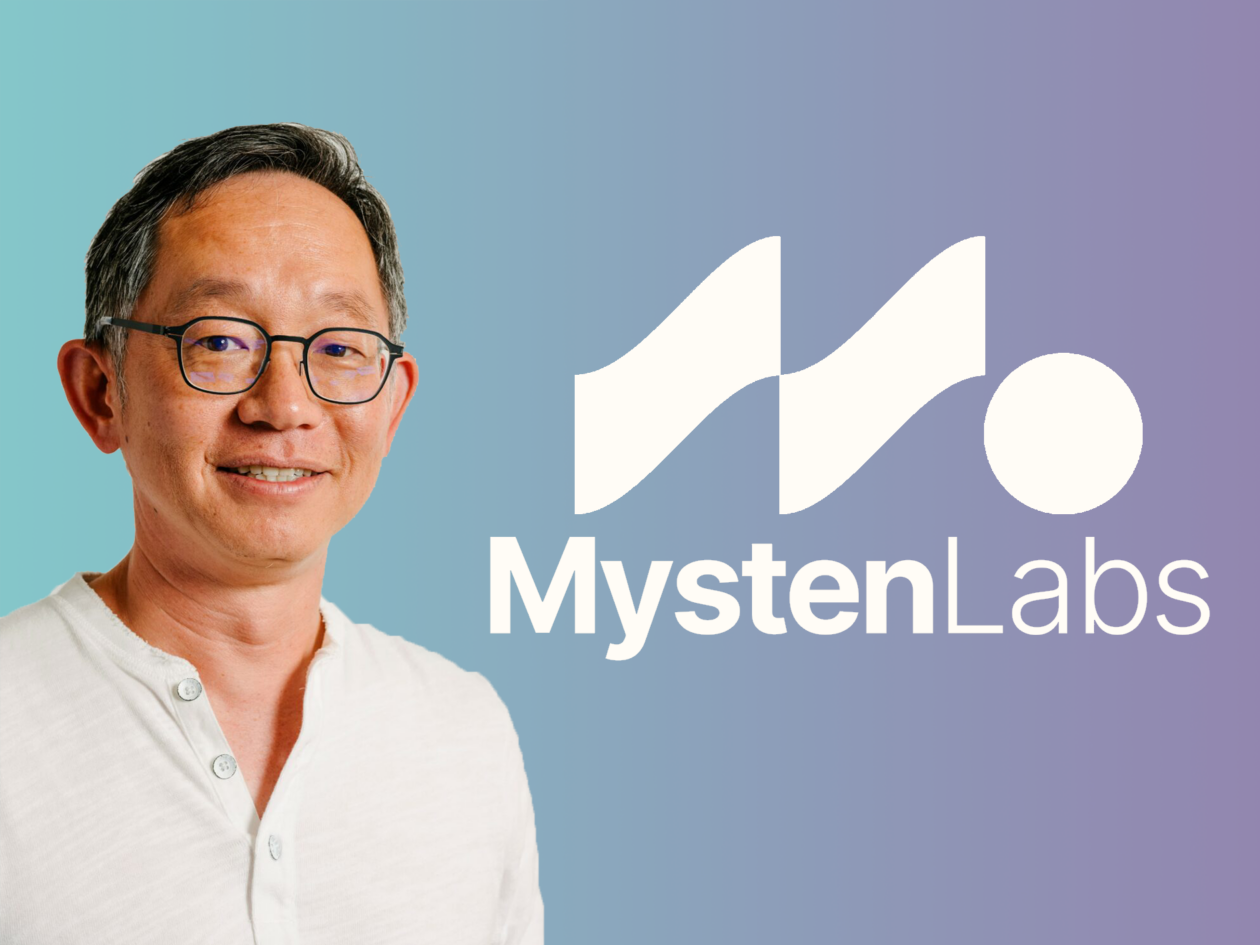Investors may view Web 3.0 as the next iteration of the internet that will bring new revenue and profit opportunities to a broader community, but Evan Cheng, co-founder and chief of Web3 infrastructure startup Mysten Labs, says this decentralized vision of the internet is “more than that.”
Unlike in Web 2.0 where content creators uploaded their work to centralized servers, Web3 allows users to interact peer-to-peer and adds a new layer of ownership to activities on the internet.
Cheng recently sat down with Forkast Editor-in-Chief Angie Lau in a Word on the Block interview to discuss how Web3 can improve transparency and benefit users.
This Q&A has been edited for clarity and length.
Angie Lau: What is the main purpose of Web3 infrastructure?
Evan Cheng: What’s the spirit behind Web3? People understand intuitively, you wrap things in a token, they can be easily transferred between parties. It’s great for financial products, but Web3 is much more than that. It really is about getting the internet back to a more fair, open and peer-to-peer interaction model. We moved away from that.
If you look at the internet, incumbents today build on the work of users. User-generated content is the basis behind Instagram, Facebook, Twitter [and] YouTube… These big incumbents control distribution, and they profit. They squeeze a lot of profit out of it. Even more so, it’s about transparency and the lack of fairness. So that’s where we need to get back to. Understand that, then you understand the ethos of Web3.
Lau: What is Mysten Labs trying to achieve with its Web3 infrastructure?
Cheng: What we try to deliver is the kind of infrastructure that allows developers to challenge the incumbents. What would the next content-sharing website like YouTube or Instagram look like? How can it be fairer, especially for the creators so they know exactly how much their work is worth? And do they have the freedom to utilize their own assets, rather than being controlled by a centralized third party? So that’s the whole point… The blockchain is basically going to be this great shared open database that is a great medium for creating assets and controlling assets. And smart contracts are supposed to offer a lot of the capabilities that a centralized entity is supposed to offer, like the custody of your assets, custody of funds and facilitating transactions. With that, you have a more level playing field.
Lau: It must be painful to see this technology you’re building break apart due to policy and market conditions. How are you dealing with that at Mysten Labs?
Cheng: We wanted to build everything from the ground up and design a platform that really solves developer problems rather than adding complexity to their life. That’s the one principle behind us. This is a developer platform first and foremost, not a magical money-printing machine. The environment is one where the market is down. There’s a lot more skepticism out there. That’s unfortunate, but the promise and the excitement are still there, and we’re seeing a lot of developer activity and a lot more mature developer activity. People who have built products that serve hundreds of thousands or millions of customers before coming to the [Web3] space and to build.
Lau: You’re building layer-1 blockchain network Sui. What makes Sui different than other layer-1 blockchains like Ethereum?
Cheng: The first principle of Sui is that each of the objects that represent an asset you track the history of state changes. And you solve the problem of having states on-chain. So each object can have as many states, as many traits and different things that may change over time. Basically, we give you a ledger that tracks the changes in the asset itself. This results in things that seem unimportant until we think about them. With other blockchains, you interact with a smart contract, mint an NFT, but you don’t actually fully own the asset because even if you want to transfer the NFT, you have to interact with the smart contract. You move the lock-up from companies to a smart contract that is written by a company. The smart contract that created the NFT still has full control over it.
Lau: What does Sui mean for Web3 gaming?
Cheng: There are a lot of potential utilities. Now you have this shared, open database for your in-game assets. Let’s say you have a multiplayer [game] where lots of different players have the same magic sword to start. But the magic sword owned by a famous streamer who used it to slay the final boss should be worth much more than the average Joe’s level-one sword. But it’s insufficient to have something that represents the ownership of the asset, where all the data lives on a private database. So the trait changes, state changes and history all need to be changed as one. Their history is what makes these items more valuable.
Lau: Why do you think that play-to-earn economies are unsustainable?
Cheng: Play-to-earn was an interesting experiment. How do you reward gamers who put their sweat and time into the game? You reward them in some way. And that’s a great, great experiment. And that general concept isn’t wrong, but it’s not sustainable. Because it gets people excited, but they treat this as a job. They’re trying to make money so end up printing more and more of these tokens until they blow up the ecosystem because they print too much money. And you know what happens when you print too much money, right? So we’re seeing these rudimentary experiments, where people develop basic Web2 games, create an in-game currency and call it Web3. It just doesn’t work.
See related article: Web3 Domains





